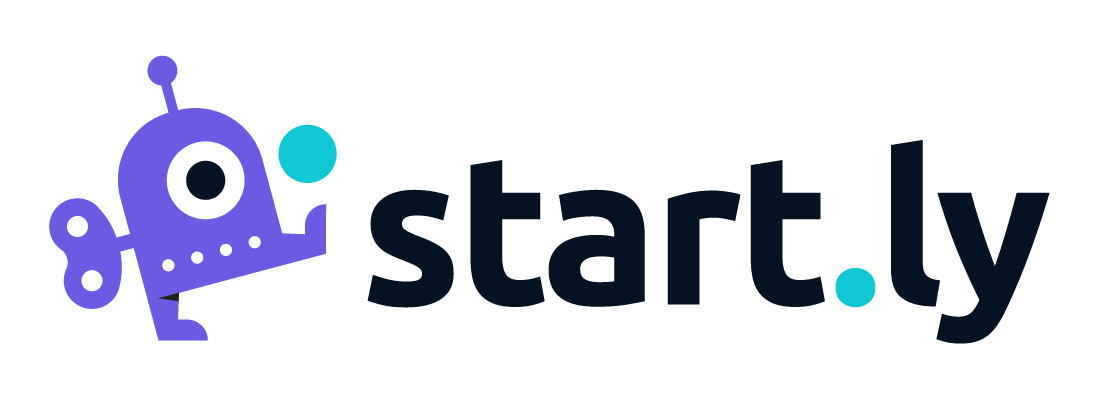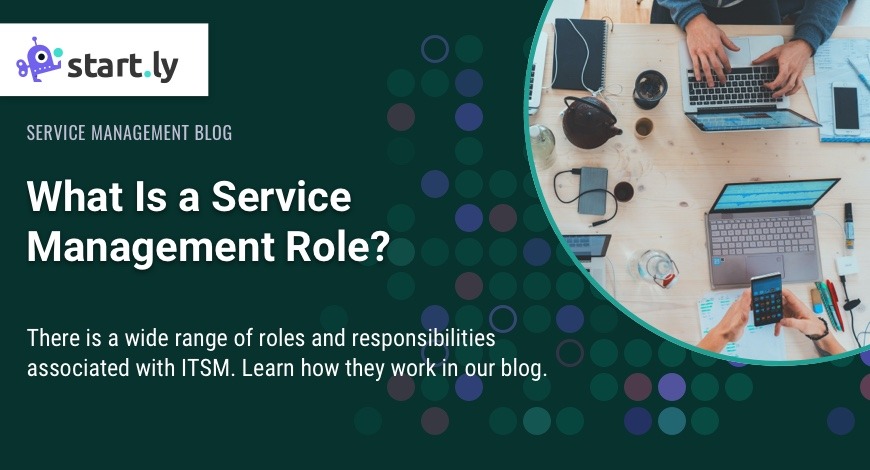When it comes to IT service management (ITSM), there’s one goal in mind: efficiency. Because of their ability to streamline workflows and the management and delivery of IT services, ITSM tools are becoming increasingly popular. ITSM is a million dollar industry and is expected to reach $15,668.0 million market value by 2026.
So, how does ITSM work? Who makes all of this possible? How do we make it better?
What Is the Service Management Process for IT?
Before we elaborate on the different roles associated with the IT service management (ITSM) field, we should establish the importance of service management and lay out the service management framework. ITSM is responsible for helping streamline the way IT services are run. This involves implementing and utilizing ITSM tools provided by an ITSM vendor. These tools and services are designed to organize IT processes, to help organizations manage their usage of IT services. Here are just a few functions performed by ITSM services:
- Reviewing and reshaping the existing IT infrastructure.
- Choosing and creating the right ITSM tools.
- Establishing training processes to ensure that all ITSM tools are integrated smoothly into the IT framework.
- Optimizing the value of IT services through the use of ITSM tools.
- Continuously auditing the ITSM process to ensure optimal performance and customer experience.
- Future-proofing IT service practices using ITSM tools.
The Technology Infrastructure Library or ITIL strategy is the industry standard for ITSM and delineates the best practices associated with IT service management. Any successful ITSM strategy must properly align with established ITIL service management processes designed to:
- Create and maintain an adaptable digital infrastructure.
- Developing ITSM tools and processes designed to provide operational excellence.
- Improve how IT delivers and supports business services overall.
IT Service Management Roles and Responsibilities
Oftentimes ITSM roles are categorized differently depending on the organization being served. The standard structure for ITSM roles includes these four categories:
- Front-facing roles that involve direct interactions with customers.
- Technological roles associated with the ITSM tools themselves and focus on back-end tasks.
- Hybrid or specialist positions that combine both front-facing and back-end tasks.
- Organizational or management roles that directly relate to service processes.
Although the specifics regarding the types of service management roles vary, some positions are present in many service management organizations. Here are a few examples:
ITSM Service Manager: The title “service manager” is common in all businesses, taking on different meanings depending on the industry. So, what is a service manager role in ITSM? On a basic level, the service manager for an ITSM vendor is responsible for delivering and managing the implementation and regular operations associated with ITSM services and tools. As with many ITSM roles, the ITIL guidelines function as the go-to rule book, covering the basics of how to be a good service manager.
Main responsibilities of a service manager:
- Monitors the cost management and financial analysis
- Ensures that the implementation and designs of ITSM tools cater to the client and improve IT service functionality overall
- Leads internal supplier management
Change Manager: Change managers are responsible for the transition process associated with implementing ITSM tools and services. This role’s primary function is to coordinate the assessment and approval process involved with transforming the IT infrastructure of a client.
Main responsibilities of a change manager:
- Organizing and managing support for change management tools and processes
- Maintaining the change schedule
- Coordinating interfaces once new tools are implemented
Quality Assurance Manager: Quality assurance managers are tasked with creating, implementing, and re-designing testing measures. This role is responsible for testing the ITSM tools and services to ensure that they properly serve and improve the client’s IT infrastructure.
Main responsibilities of a quality assurance manager:
- Design new services
- Help with service transition
- Assess risk
- Perform quality tests on ITSM tools
Although this is not a comprehensive list, this provides you with a solid understanding of the kinds of roles and responsibilities associated with ITSM.
Making ITSM More Manageable
At the beginning of this blog, we mentioned how all ITSM roles and tools are centered around efficiency. But there is a problem. In many cases, IT service providers are forced to use multiple ITSM solutions at once.
Managing all of these different tools and platforms can quickly become too complex and frustrating, along with being extremely unwieldy when it comes to integrations. So what’s the solution? Combine everything into one platform – which is exactly what Startly did.
Our all-in-one, fully integrated IT Service Management and Professional Services Automation platform gives you the ability to:
- Track time and expenses
- Manage projects
- Manage the help desk
- Track ticketing
- Manage changes and assets
- Organize invoicing and billing
At Startly we go beyond good customer service, and deliver an ITSM software tailor-made to increase the efficiency of your service organization. Learn more about what Startly can do for you here.

